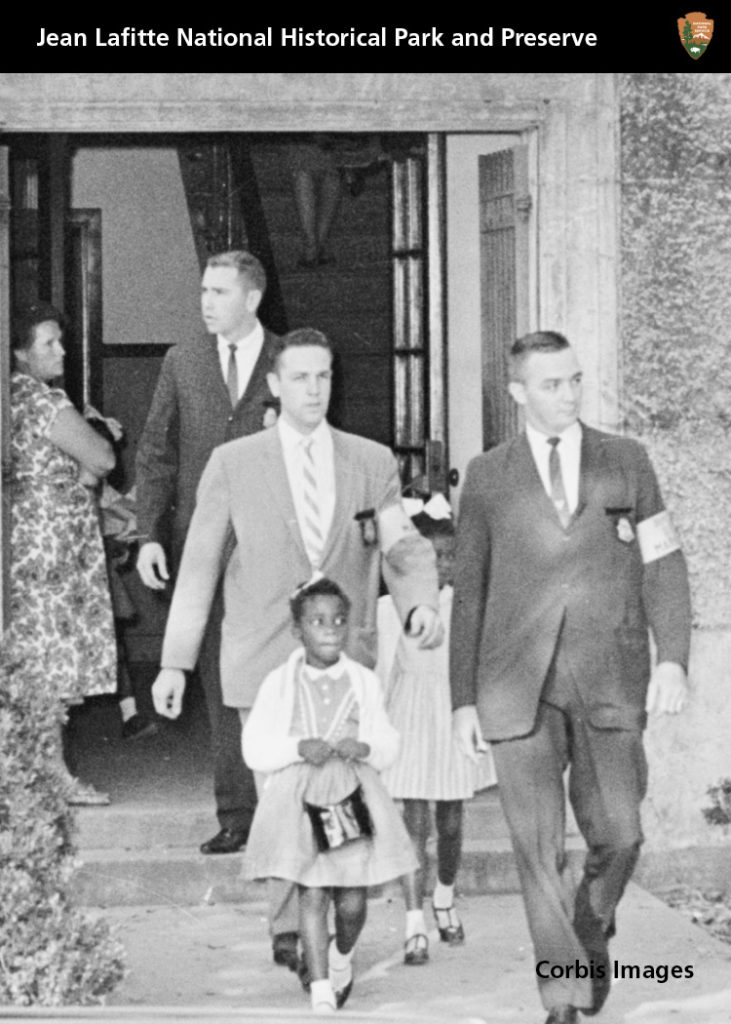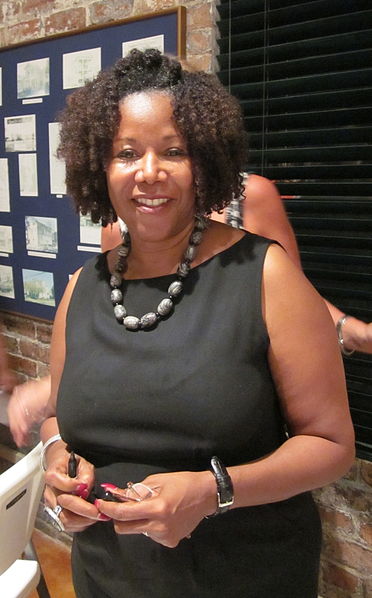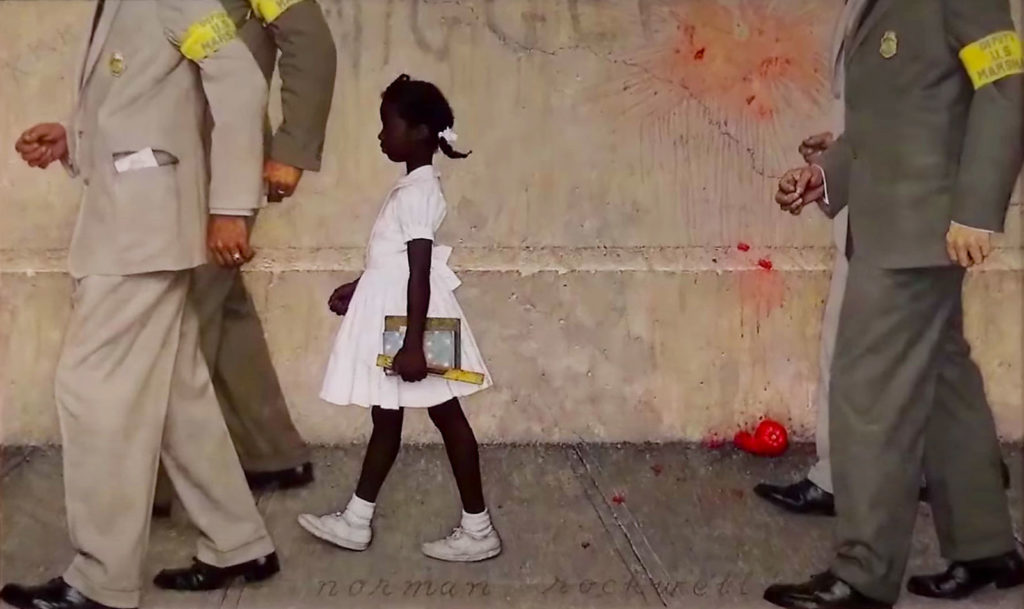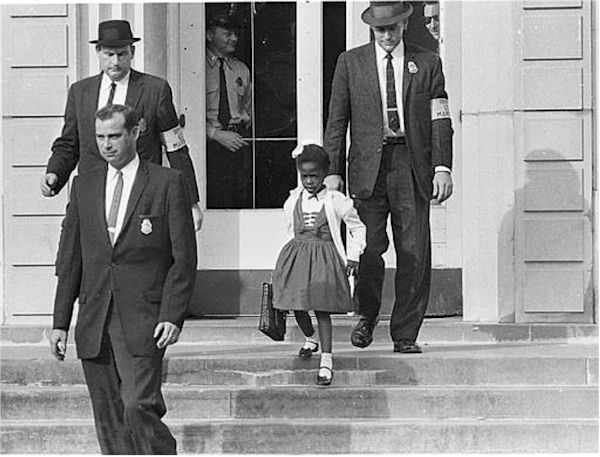Ruby Bridges helped to inspire civil rights in the United States even at a young age. She was born on Sept. 4, 1954, in Tylertown, Mississippi. Bridges’ family lived in poverty and had eight children. When she was four-years-old, they moved to New Orleans.
At the age of six, Bridges’ took a test that would allow some black students to attend white schools. This test was apparently intended to be more complicated to avoid allowing these students in the school. Bridges was the only child who passed out of the six who took it. The NAACP notified her parents of her achievement.
Bridges was the only black child who attended William Frantz School, which was much closer to her home than her previous school. She began on Nov. 14, 1960, and had to be accompanied by federal marshals for her safety. Each day, crowds of protesters stood outside of her school, shouting threats and other evil words as Bridges walked in. Many parents pulled their children from the school.

It took some time before Bridges could actually begin her education due to the chaos, but eventually, a teacher by the name of Barbara Henry stepped up to teach her. Henry was very kind to Bridges and worked one on one with her for the entire school year. Bridges was not allowed to go to areas of the school with white children.
Bridges family experienced hardships due to this. Her father lost his job and they were also prohibited from going inside a grocery store. Bridges herself held up very strong, but she did eventually experience nightmares and began to hide her lunch because she wanted to join the other students. After discovering this, her teacher began to eat lunch with her so that she would not have to be alone.
Dr. Robert Cole, a child psychologist, heard about Bridges and offered his services to help her cope during the rough time. He would come to Bridges for their appointments, where he gave her an open door to speak about what she was going through. Dr. Coles’ wife would also come to the Bridges’ home with him. The two both got along with Bridges very well.
Some white students returned to the school later in the year. At times, Bridges was eventually able to have some interactions with them. This was the first time that she directly felt the hate of racism, however. Some children treated her differently and would not play with her because of her skin color.

Over time, Bridges became more accepted at the school. The following year, she was able to learn with other students. The protesting crowds died out and Bridges was able to walk to school without being accompanied. More black children were also enrolled at the school that year.
Later in life, Bridges graduated from an integrated high school. She went on to work as a travel agent after studying travel and tourism in Boston. She got married in 1984 and had four sons with her husband.
Bridges’ first day of school, where she was accompanied by the federal marshals, was depicted in 1963 by an artist named Norman Rockwell, which was titled “The Problem We All Live With.” It made the cover of Look magazine the following year. It is now owned by the Norman Rockwell Museum located in Stockbridge, Massachusetts.

Bridges had a reunion with Henry on The Oprah Winfrey Show in the ‘90s.
In 1995, Dr. Cole published Bridges’ story as a children’s book, titled “The Story of Ruby Bridges.” Bridges published a children’s book herself, “Ruby Bridges Goes to School: My True Story” in 2009.
In 1999, Bridges created the Ruby Bridges Foundation, which works to end racism and brings children of all races together.
A TV movie was released by Disney in 1998 titled “Ruby Bridges,” which told her childhood story of attending William Frantz School.
Rebekah Davidson
Intern


